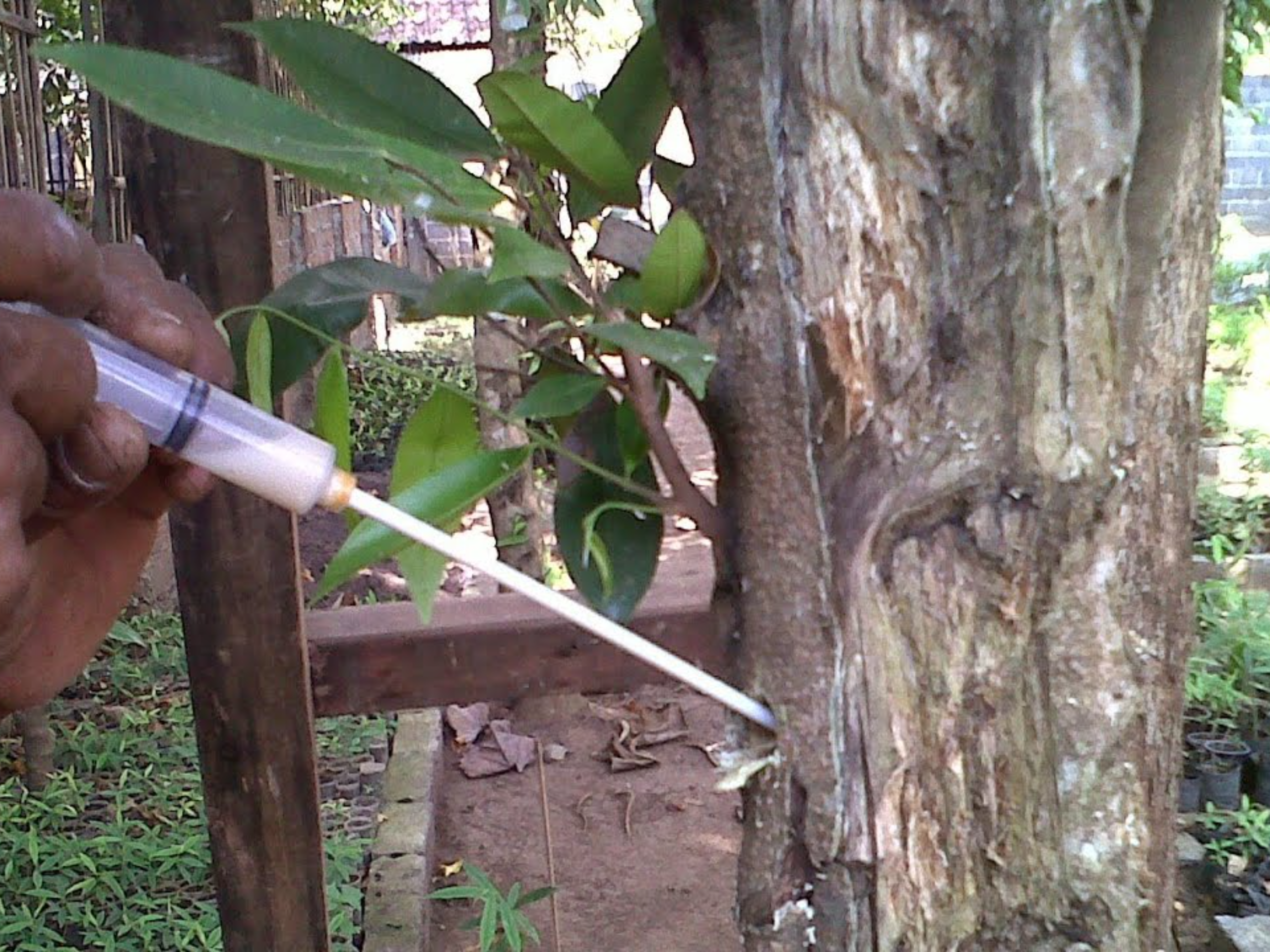Begin the story
What is Oud / Agarwood?
Also known as agarwood, aloeswood and eaglewood, oud is nature’s most exquisite fragrant offering.
Deep in a Far Eastern jungle, an evergreen tree is attacked by fungus-carrying insects that bore into the tree. Much like our bodies’ immune system produces white blood cells, the tree starts producing a substance to combat the infection.
Over the years, the infection grows – as does the substance the tree produces. This is oud, or agarwood. When it is distilled, oud oil is derived.
There are few natural aromatics that have as complex a scent spectrum as oud. Natural ambergris, musk and sandalwood also rank as some of the most valuable natural fragrances, but none come close to oud in the sheer transcendence and sublimity its fragrance boasts.
More than just a scent, oud can be mentally and spiritually engaging. In fact, ouds from different regions also seem to have different effects on a person’s emotions. Indonesian oils induce joy and frivolity, while Indian oils have a deeply pacifying quality which makes them popular for using when meditating.
Check out our products, and begin your own oud journey!
History
Regions Where OUD Oil is extracted
Oud oil, also known as agarwood oil, is produced in various regions around the world. The primary regions known for oud oil production include:
- Southeast Asia: The dense forests of Southeast Asia, including countries like Thailand, Cambodia, Vietnam, and Indonesia, are known for producing high-quality oud oil. These regions have a long history of agarwood cultivation and distillation.
- India: Oud oil is also produced in different parts of India, particularly in the northeast region. The trade of agarwood products, including oud wood and oud oil, has been prevalent in this region for centuries.
- Bangladesh: Agarwood trees, from which oud oil is extracted, are also found in Bangladesh. The country is known for its agarwood plantations and contributes to the oud oil production [2].
- Middle East: While Southeast Asia and India are the main regions known for oud oil production, some Middle Eastern countries, such as Saudi Arabia and Oman, also have agarwood trees and produce oud oil to a lesser extent

How to Use Oud Oil
Oud oil, also known as agarwood oil, is a highly concentrated and potent essential oil that requires careful and responsible usage. Here are some common ways to use oud oil:
- Perfume/Cologne: Oud oil is widely used in the perfume industry due to its unique and captivating fragrance. You can apply a small amount of oud oil directly to your pulse points, such as the wrists, neck, or behind the ears. Alternatively, you can add a few drops of oud oil to a neutral carrier oil, such as jojoba oil or sweet almond oil, and use it as a natural perfume oil.
- Aromatherapy: Oud oil is often used in aromatherapy to promote relaxation and a sense of well-being. You can add a few drops of oud oil to a diffuser or oil burner and enjoy the therapeutic scent. You can also create a personal inhaler by adding a few drops of oud oil to a cotton wick and inhaling it whenever desired.
- Massage: Oud oil can be diluted in a carrier oil, such as coconut oil or jojoba oil, to create a massage oil. This allows you to experience the benefits of oud oil during a massage session. Make sure to dilute the oud oil properly to avoid skin irritation, following the recommended dilution ratio.
- Meditation and Spiritual Practice: Oud oil has been traditionally used in spiritual and religious ceremonies. Its deep and rich aroma is believed to have a calming and grounding effect, enhancing the meditation experience. You can apply a drop or two of oud oil to your palms, rub them together, and inhale deeply during meditation or any spiritual practice.








